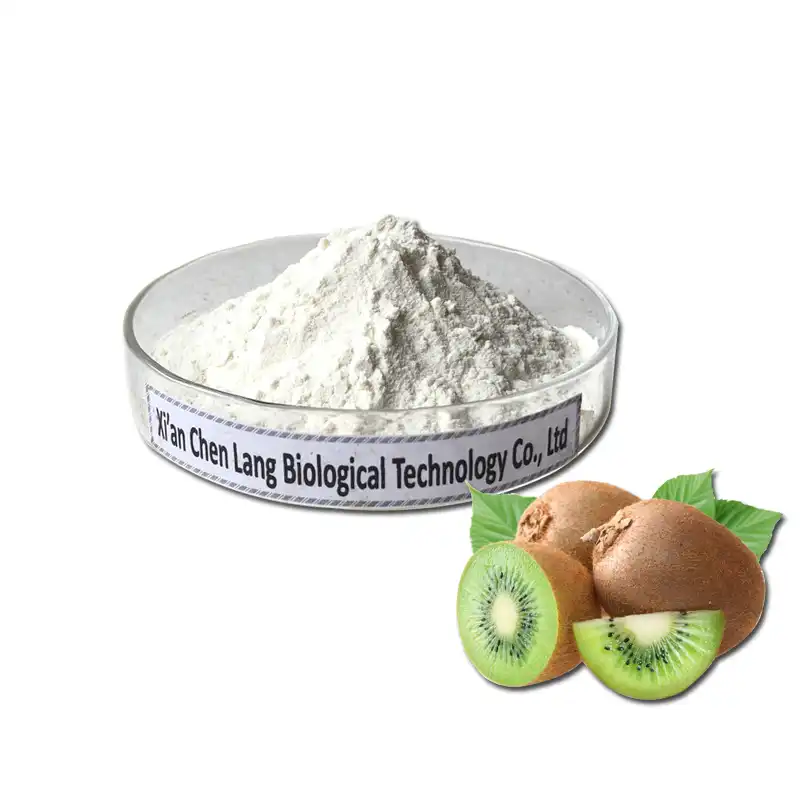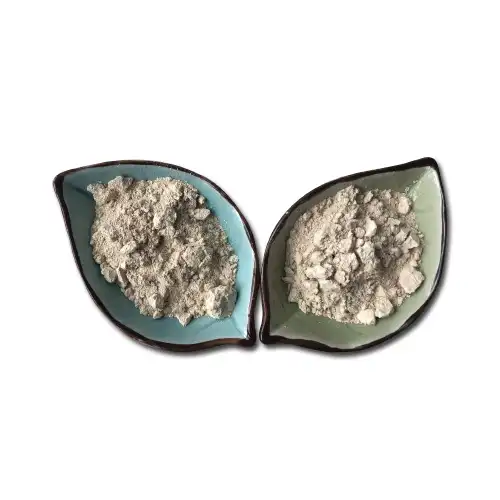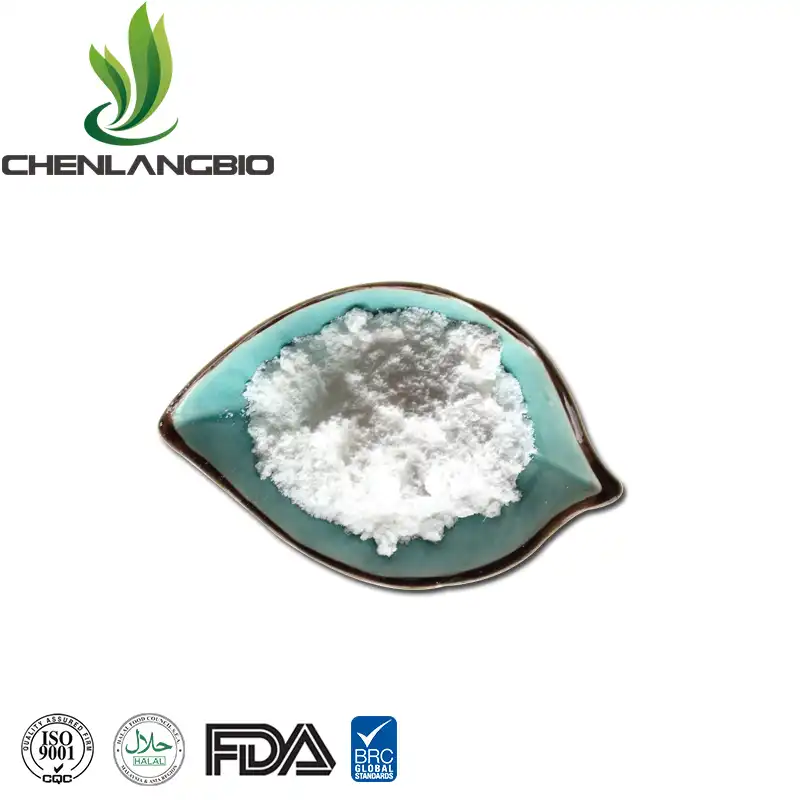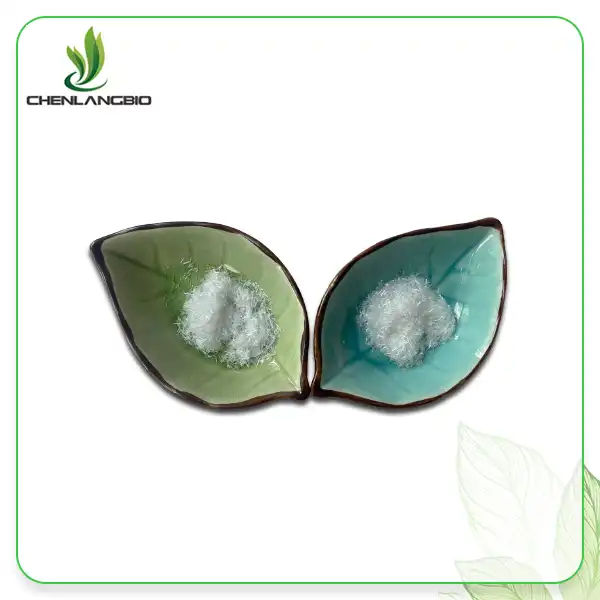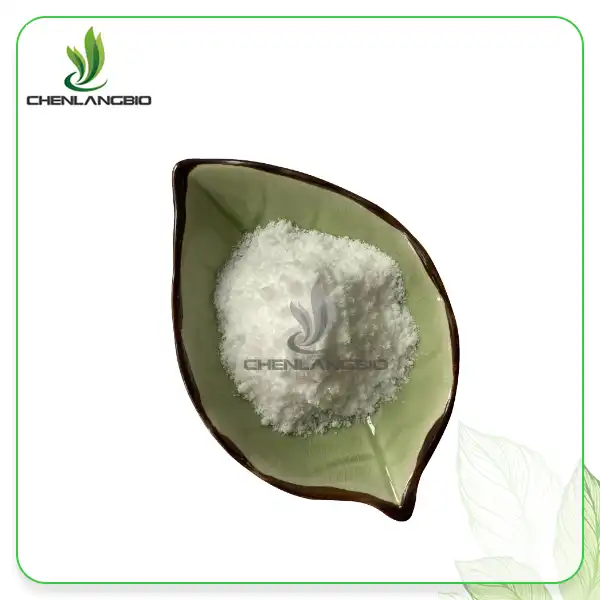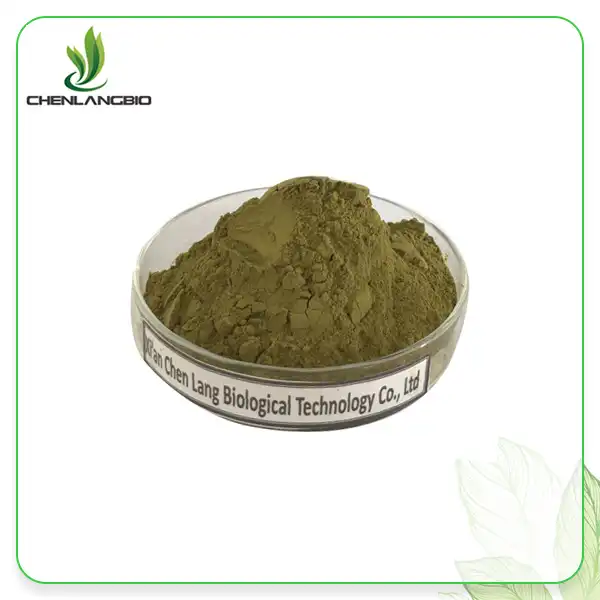How Much Sodium Ascorbyl Phosphate is Effective
2024-08-16 13:47:37
A well-liked vitamin C derivative known for its stability and use in skincare products is sodium ascorbyl phosphate (SAP). Those who are interested in skincare frequently ask themselves how much SAP they should consume in order to get the most out of it. To get the most out of SAP's skin-enhancing properties—like boosting collagen production, brightening the complexion, and reducing acne—it can be helpful to know its ideal concentration. We'll show you how well SAP functions and give you point by point guidelines on the most proficient method to involve it in this blog.
What is the Optimal Concentration of Sodium Ascorbyl Phosphate in Skincare Products?
Understanding Different Concentrations
There is a wide range of sodium ascorbyl phosphate concentrations in skin care products, typically ranging from 1% to 10%. Lower concentrations (between 1% and 2%) are typically found in products made for people who are new to vitamin C derivatives or have sensitive skin. Products that treat more serious skin conditions like hyperpigmentation and signs of aging contain higher concentrations (5% to 10%).
Efficacy at Different Levels
According to studies, concentrations as low as 1% begin to yield benefits that are observable. However, concentrations of 5 to 10 percent are frequently recommended for more pronounced results, particularly in terms of collagen production and skin brightness. Higher concentrations have a tendency to produce better outcomes, but they may also raise the risk of irritation for people with sensitive skin.
Scientific Backing
SAP can effectively penetrate the skin and convert to active vitamin C at concentrations of 5% or higher, enhancing collagen synthesis and protecting against antioxidants, according to research.Regular use of SAP at these levels has been shown to improve skin texture, reduce hyperpigmentation, and increase firmness in clinical trials.
Can High Concentrations of Sodium Ascorbyl Phosphate Cause Irritation?
Potential Side Effects
While SAP is generally well-tolerated, higher concentrations can occasionally cause skin irritation, especially in those with sensitive skin. Symptoms may include redness, dryness, or a stinging sensation. These side effects are typically mild and subside with continued use as the skin builds tolerance.
Managing Irritation
To minimize the risk of irritation, it’s advisable to start with a lower concentration of SAP and gradually increase it. Additionally, incorporating soothing ingredients like aloe vera, hyaluronic acid, or niacinamide can help mitigate any potential irritation and enhance the overall benefits of sodium ascorbyl phosphate.
Patch Testing
Before incorporating a new SAP product into your routine, performing a patch test is crucial. Apply a small amount of the product to a discreet area of the skin and monitor for any adverse reactions over 24 hours. This step can help ensure that the product is suitable for your skin type.
How Does Sodium Ascorbyl Phosphate Compare to Other Forms of Vitamin C?
Stability and Efficacy
Sodium ascorbyl phosphate is often preferred over ascorbic acid, the pure form of vitamin C, due to its superior stability. Ascorbic acid is prone to oxidation, which can reduce its efficacy and cause potential skin irritation. SAP, on the other hand, remains stable in formulations, ensuring consistent delivery of vitamin C benefits.
Conversion to Active Vitamin C
SAP converts to ascorbic acid upon absorption into the skin, allowing it to participate in collagen synthesis and provide antioxidant protection. This conversion ensures that SAP delivers similar benefits to ascorbic acid but with a lower risk of irritation and degradation.
Comparisons with Other Derivatives
Other vitamin C derivatives, such as magnesium ascorbyl phosphate (MAP) and tetrahexyldecyl ascorbate (THD), also offer stable forms of vitamin C. However, SAP stands out for its ability to address multiple skin concerns simultaneously, including acne reduction, brightening, and anti-aging.
How to Incorporate Sodium Ascorbyl Phosphate into Your Skincare Routine?
Step-by-Step Routine
Cleansing: Start with a gentle cleanser to remove impurities and prepare the skin.
Toning: Apply a toner to balance the skin’s pH and enhance the absorption of subsequent products.
Serum: Use a SAP-containing serum to deliver concentrated benefits. Apply it evenly across the face and neck.
Moisturizing: Follow with a moisturizer to lock in hydration and further protect the skin barrier.
Sunscreen: During the day, always apply a broad-spectrum sunscreen to protect against UV damage, which can exacerbate skin concerns.
Frequency of Use
For optimal results, use SAP products once or twice daily. If incorporating other active ingredients like retinol or alpha hydroxy acids (AHAs), alternate their use to prevent potential irritation.
Tips for Maximizing Benefits
Consistency: Regular use is key to seeing long-term improvements. Be patient and allow several weeks to months for significant results.
Layering: SAP can be layered with other non-conflicting ingredients like niacinamide and hyaluronic acid for enhanced benefits.
Avoiding Conflicts: Avoid using SAP with benzoyl peroxide or copper peptides, as these can reduce its efficacy.
What Results Can You Expect from Using Sodium Ascorbyl Phosphate?
Visible Improvements
With consistent use, SAP can lead to visible improvements in skin texture, tone, and overall appearance. Users often report a reduction in fine lines, improved firmness, and a brighter complexion.
Timeframe for Results
While some benefits like increased hydration and brightness may be noticeable within a few weeks, more significant changes in collagen production and skin texture can take several months. Patience and consistency are crucial for achieving the best results.
Real-World Testimonials
Numerous users and dermatologists vouch for the effectiveness of sodium ascorbyl phosphate in addressing various skin concerns. Positive testimonials highlight its ability to improve skin health without the irritation often associated with other forms of vitamin C.
Conclusion
Determining the effective dosage of sodium ascorbyl phosphate is essential for maximizing its skincare benefits. While lower concentrations can provide some benefits, higher concentrations (5-10%) are often more effective for collagen production, skin brightening, and overall skin health. By understanding how to incorporate SAP into your skincare routine and managing potential side effects, you can achieve healthier, more radiant skin. For more personalized advice or to learn about our SAP products, feel free to contact us at admin@chenlangbio.com.
References
Healthline | The Benefits and Uses of Sodium Ascorbyl Phosphate
Byrdie | Sodium Ascorbyl Phosphate: What It Is and How It Benefits Your Skin
Allure | Everything You Need to Know About Sodium Ascorbyl Phosphate
Journal of Clinical and Aesthetic Dermatology | Sodium Ascorbyl Phosphate: A Vitamin C Derivative for Skin Health
Dermatology Times | Understanding the Role of Sodium Ascorbyl Phosphate in Skincare
WebMD | Sodium Ascorbyl Phosphate: Benefits, Uses, and More
Medical News Today | The Benefits of Vitamin C Derivatives in Skincare
Marie Claire | Sodium Ascorbyl Phosphate: A Stable and Effective Vitamin C Alternative
Vogue | The Rise of Sodium Ascorbyl Phosphate in Skincare
American Academy of Dermatology | Vitamin C in Skincare: Understanding Sodium Ascorbyl Phosphate
Send Inquiry
Related Industry Knowledge
- Can l use Ectoin with Tretinoin
- Is Ascorbyl Tetraisopalmitate Better Than Ascorbic Acid
- What is Phenylethyl Resorcinol in Skin Care
- Who Should Not Take Alpha-GPC
- Can I Dissolve Praziquantel in Water
- Is Honokiol Safe to Use
- What Functions of Cnidium Monnieri fruit Extract Powder
- What’s Difference Between the Resveratrol Extract Powder, Coenzyme Q 10 Powder
- What Functions Phytosphingosine Powder in Skin Care
- Phenylethyl Resorcinol Skin Benefits


